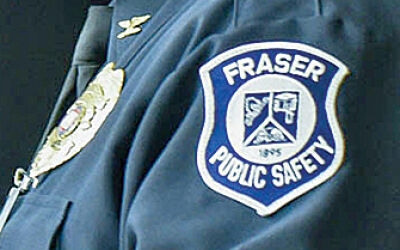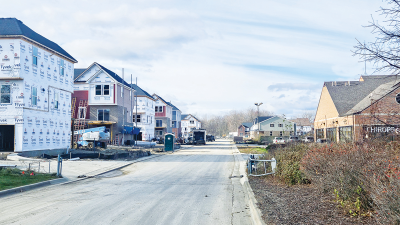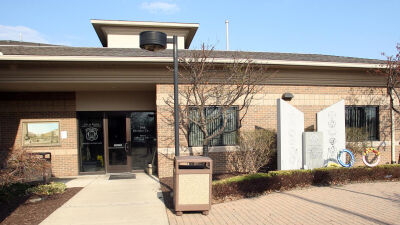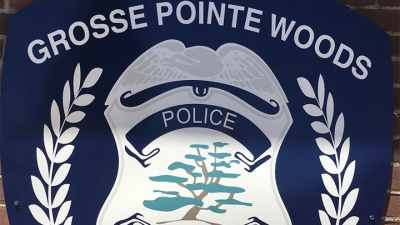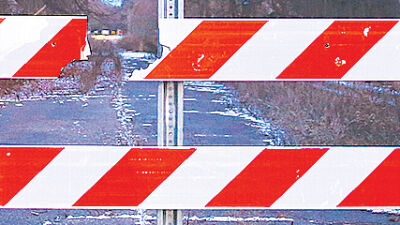FRASER — Discussions are ongoing between the Fraser City Council and its Department of Public Safety after council members attempted to add new rules directing detectives and administrative personnel to wear the standard department uniforms.
Currently, detectives and administrative personnel are allowed to wear what is referred to as a “soft uniform,” which is typically a polo shirt and khakis or a suit and tie in the case of court appearances.
Councilwoman Amy Baranski said she supported new regulations on the matter because she believed the rules, as written, were vague and hard to enforce.
“Every day, and it’s the new norm, whether they are on the road or the chief of police, unfortunately (they) are going to have to go out at the drop of a hat,” she said. “I want the uniform, whatever it is, to be clearly defined. We’ve heard a lot about a ‘soft uniform’ but without a clear picture of what that was.”
The issue came to the forefront when a suspect was leaving the Department of Public Safety and got into a confrontation with a TV news reporter who was interviewing him for the Fox 2 “Hall of Shame” news segment, in connection to potentially unsound business practices. Several Fraser public safety officers responded, only one of whom was in full uniform at the time.
“The Hall of Shame incident was kind of a unique situation where there was one officer who responded while in uniform and the others who responded from inside the station, where they didn’t have all of their equipment on,” said Interim Director of Public Safety John Gillies.
Mayor Pro-Tem Patrice Schornak was one of the council members who wanted to pass new regulations ensuring that Fraser Department of Public Safety officers would be in full uniform whenever on duty, save for extreme situations, such as operating undercover.
“People need to know who to go to. I understand that command staff would want to be more casual,” she said. “I don’t care about a tie. I just want blues with the patches and the badge. I want people to be able to recognize who the officers are in any serious situation and who they can go to. … If you guys are here (at the municipal complex), and a situation arises, you are not going to have time to throw on a uniform.”
Gillies said the department allows for some other options that can be quickly worn for officers to wear besides the traditional blue uniform.
“(There is) a tactical uniform with a vest and jacket that can be kept in their vehicle so they are able to deploy to any situation,” he said. “They would have that at their disposal at any time and have them say ‘police’ in big block letters, which I would say makes them more identifiable from behind (than the blue uniform).”
Gillies said that it is only a few department members who are allowed to not be in uniform.
“The public expects detectives to be more plain-clothes,” said Gillies. “If I send an officer in a uniform and they said, ‘I’m a detective,’ people watch TV and detectives on TV don’t wear uniforms. … Public safety officers are in uniform. (Other than that), we have two captains, three detectives, a fire marshal and our school resource officer in either business casual or a suit.”
“Since we don’t have as many road officers on staff as we would like, there are situations where it will be all hands on deck,” countered Schornak. “I go to the department, and I see everyone wearing the white polos and the khaki pants.”
 Publication select ▼
Publication select ▼